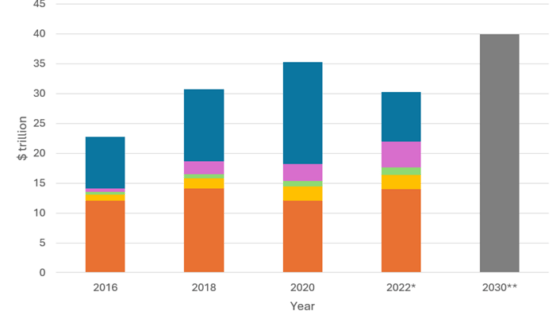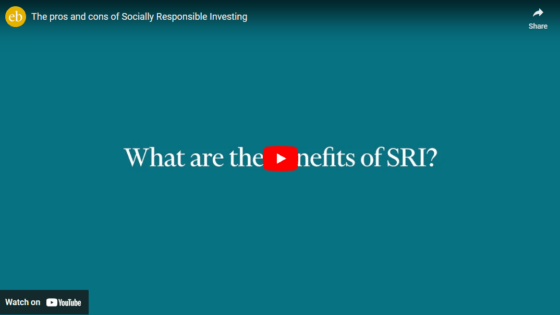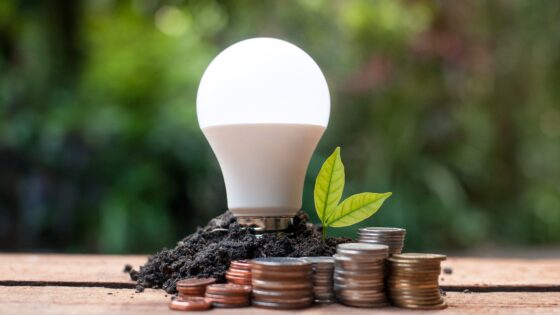Sustainability Disclosure Requirements (SDR)
https://www.ellisbates.com/wp-content/uploads/2024/07/Picture1.png 706 488 Jess Easby Jess Easby https://secure.gravatar.com/avatar/0e2a278e0eef1defdd7ee9d0ae7bb398?s=96&d=mm&r=gComing into effect on 31 July, the Sustainability Disclosure Requirements…
read more


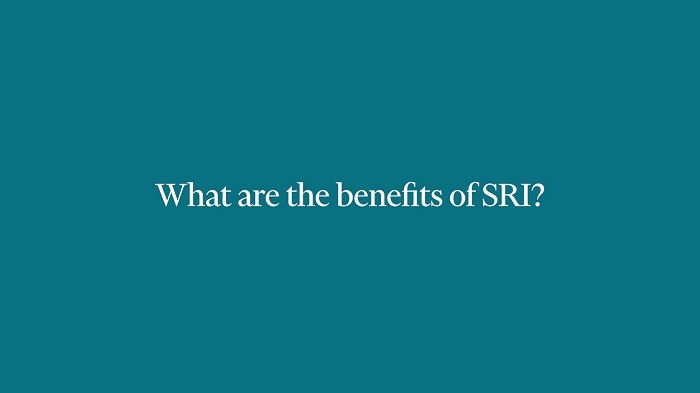
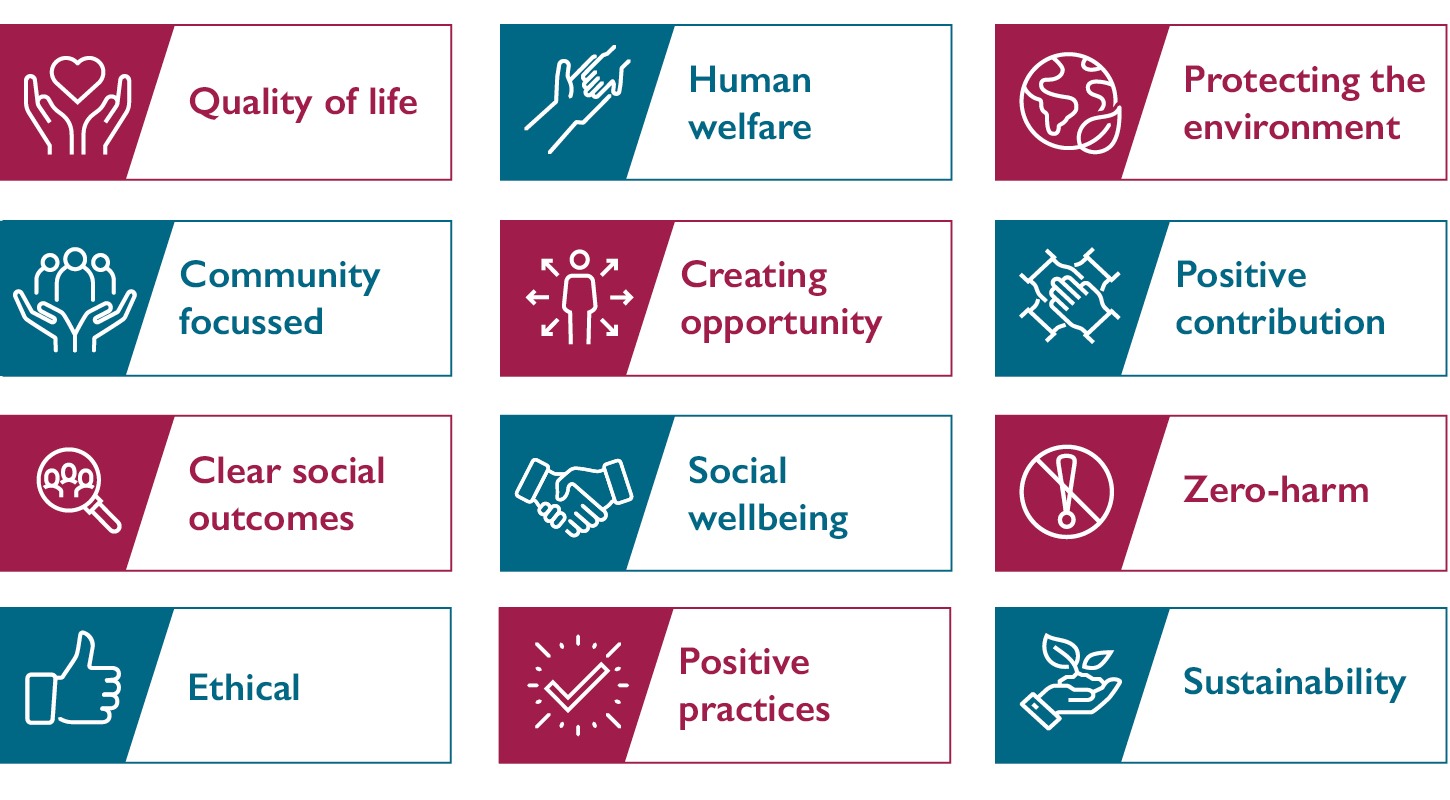
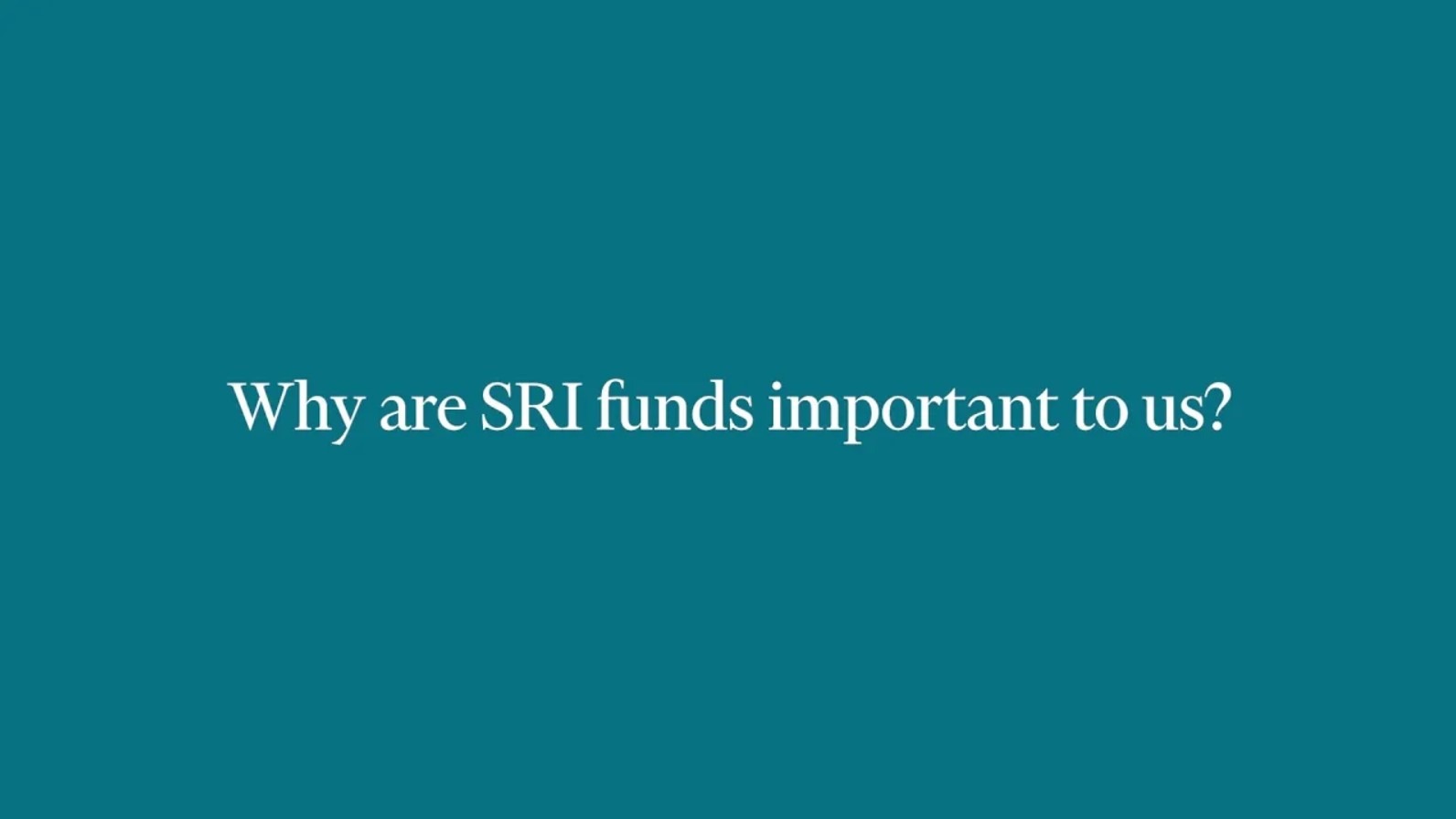
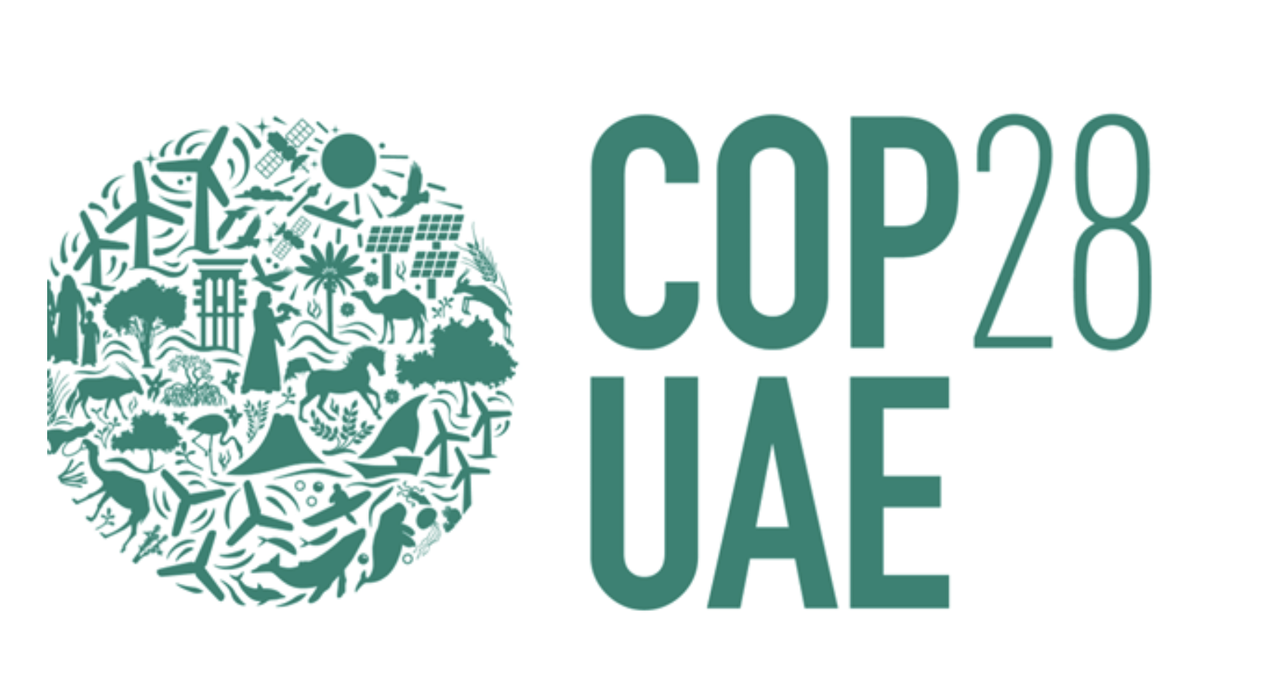 The Conference of the Parties (or COP for short) is the name given to the parties of the United Nations Framework Convention on Climate Change (UNFCCC), which is the world’s largest treaty for addressing climate change. COP is an important platform for nations to discuss and reach consensus on how to protect the world in terms of environmental issues.
The Conference of the Parties (or COP for short) is the name given to the parties of the United Nations Framework Convention on Climate Change (UNFCCC), which is the world’s largest treaty for addressing climate change. COP is an important platform for nations to discuss and reach consensus on how to protect the world in terms of environmental issues.